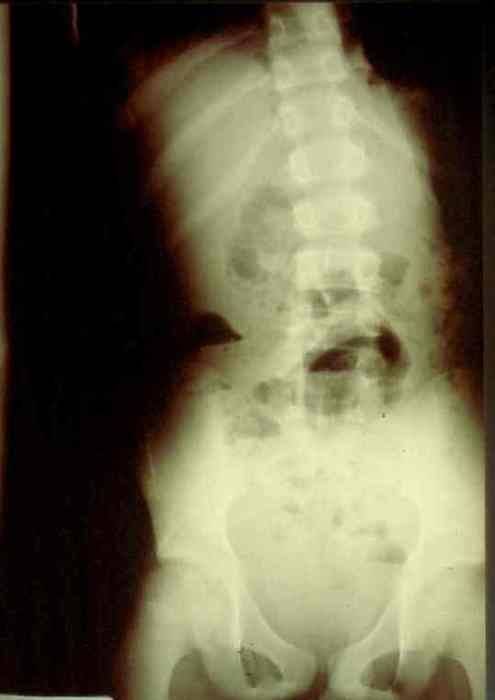It has long been standard operating procedure to perform a digital rectal exam in all major trauma patients. The belief has always been that valuable information about blood in the GI tract, the status of the urethra, and the neuro exam (rectal tone) could be gleaned from the exam.
Unfortunately, the exam also serves to antagonize or even further traumatize some patients, especially those who may be intoxicated to some degree. On a number of occasions I have seen calm patients become so agitated by the rectal that they required intubation for control.
So is it really necessary? A study in 2001 conducted over a 6 month period (1) showed that the rectal exam influenced management in only 1.2% of cases. The authors felt that there was some utility in 3 special cases:
- Spinal cord injury – looking for sacral sparing
- Pelvic fracture – looking for bone shards protruding into the rectum
- Penetrating abdominal trauma – looking for gross blood
A more recent 2005 study (2) was also critical of the rectal exam and found that using “other clinical indicators” (physical exam and other diagnostic study information) was at least equivalent, changing management only 4% of the time. They concurred with the first two indications above as well.
The Bottom Line: For most major trauma patients, the rectal exam is not worth the patient aggravation it causes. I still recommend it for the 3 special cases listed above, however, as there are no equivalent exams for these potentially serious patient problems. And remember, DON’T do it while the patient is in the logroll position. No patient likes a rectal exam, so they’ll do their best to defeat your attempt at spine precautions if you have them on their side. Supine, frog-leg only.
References:
1. Porter, Urcic. Am Surg. 2001 May;67(5):438-41.
2. Esposito et al. J Trauma. 2005 Dec;59(6):1314-9.

